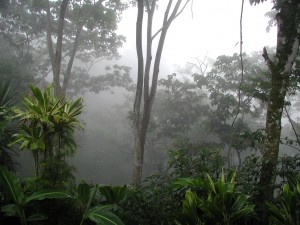 introduction
introduction
Imagine a lush plot of rainforest, filled with a vast and diverse community of fauna and flora, but contraire to popular believe, this is actually a productive shade grown organic coffee farm. Usually when one thinks of agriculture, thoughts of fertilizers and pesticides slip through our mind, and unfortunately these thoughts are correct, new age coffee farming embraces all the things sustainability doesn’t simply put. Truth is, conserving our rainforests and biodiversity of our planet is only a sip away with shade grown coffee. With the current state of deforestation and monoculture operations, the sustainability of these systems isn’t present, that’s why shade grown coffee is a viable alternative which can reduce the harmful effects of sun grown coffee. The coffee plant, naturally being an understory plant which requires shade offered by trees to protect its leaves from browning and burning. Over time through selectively breeding the coffee bush, farmers were able to develop a coffee strain which can be grown in full sun which allowed a more profitable and larger harvest. This growing technique though profitable to industry, does not include the many external costs produced such as deforestation and loss of biodiversity of song birds. By practicing sustainable agroforestry such as shade grown coffee, the benefits far outweigh the cons derived from costs and smaller yield (Donald, P). With a multiple-phased approach through converting current coffee monoculture lands to shade grown coffee and by encouraging new farming plantations to be established in the rainforest responsibly, we can mitigate the many harmful effects of sun grown coffee and ensure the health of one of earths most precious and productive biomes.
